13 Vintage Music Magazines That Collectors Hunt For
Music magazines from decades past remain a favorite find for fans who appreciate history and style. These publications often include rare photos, behind-the-scenes stories, and opinions that shaped public views of musicians. Many were printed in limited numbers, which makes surviving copies valuable today. Collectors are always on the lookout for well-kept issues that highlight iconic performers.
This post may contain affiliate links, which helps keep this content free. Please read our disclosure for more info.
Rolling Stone
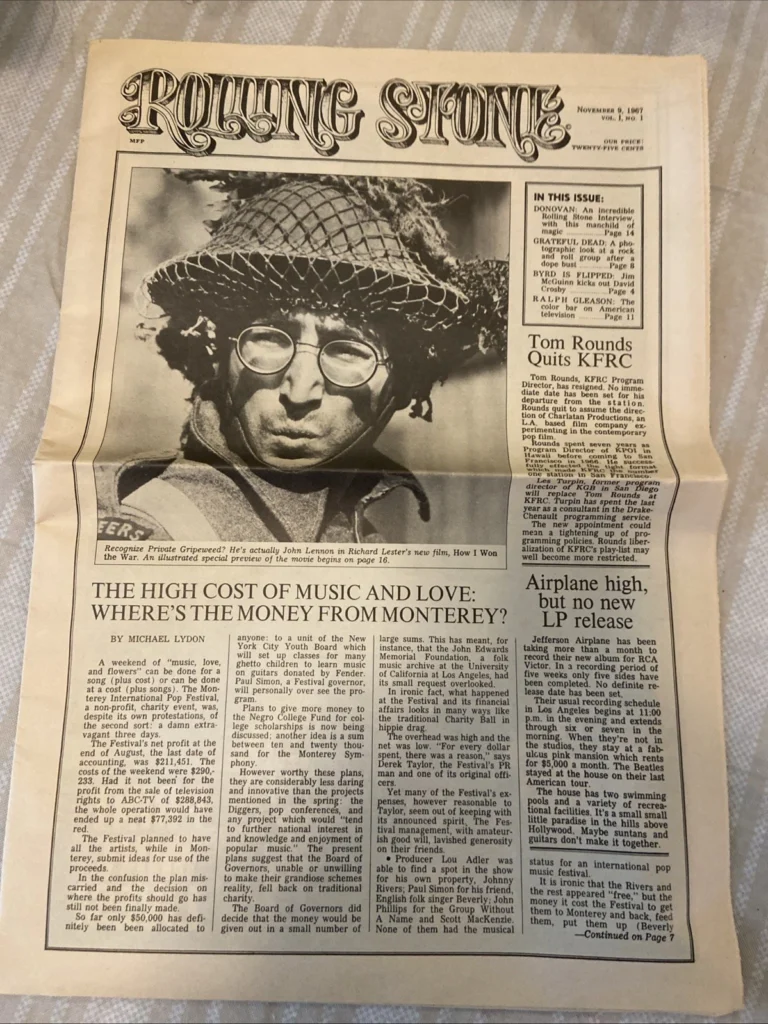
Rolling Stone began in 1967 and quickly became one of the most recognized music magazines in the world. It featured interviews, reviews, and cultural commentary that helped define the music scene. Early issues with iconic covers, such as John Lennon or Jimi Hendrix, are highly valued. Collectors seek these editions for both their content and their historical significance.
The magazine not only highlighted artists but also gave space to writers who shaped public opinion about music. Many old copies include advertisements and photos that reflect the style of the time. Issues from the late 60s and 70s remain the most collectible. Condition plays a major role in how much each copy is worth today.
Melody Maker
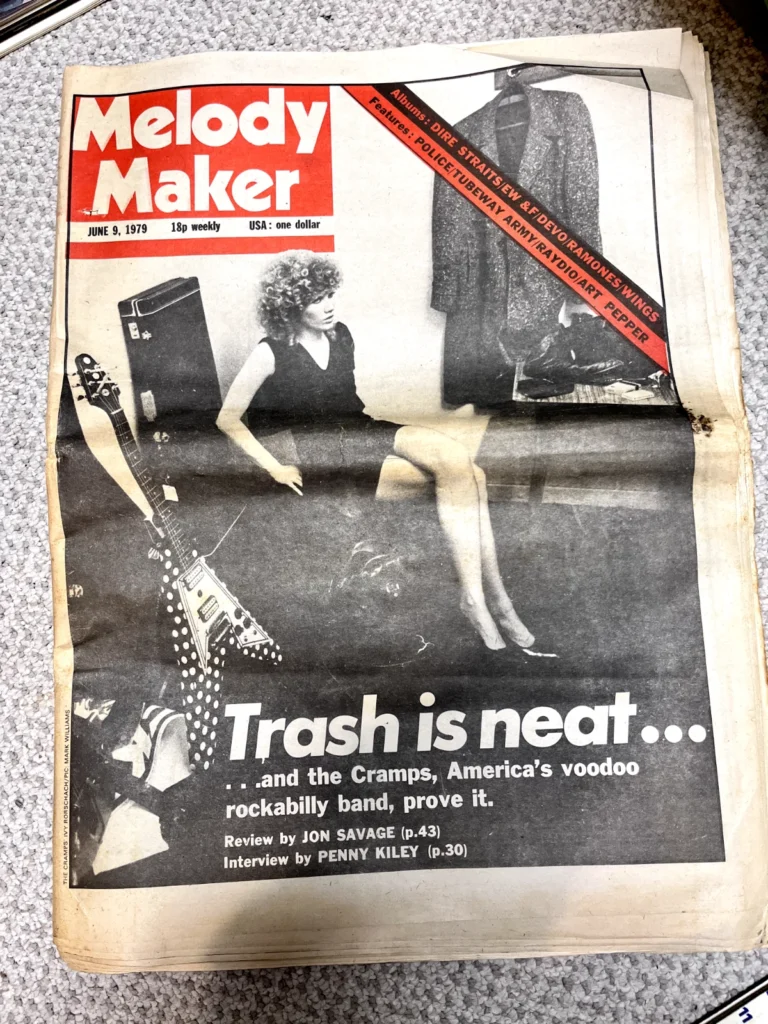
Melody Maker was first published in 1926 and became one of the longest-running British music papers. It focused on jazz in its early years before covering rock, pop, and punk. By the 1960s and 70s, it was a go-to source for band news and gig listings. Collectors look for early editions that show the magazine’s shift in focus over time.
Special interviews and cover stories with artists like David Bowie or Pink Floyd are particularly valuable. The paper documented British music scenes in a way that few others did. Rare copies in good shape are difficult to find, especially those before World War II. These issues offer a window into the early days of popular music journalism.
NME (New Musical Express)
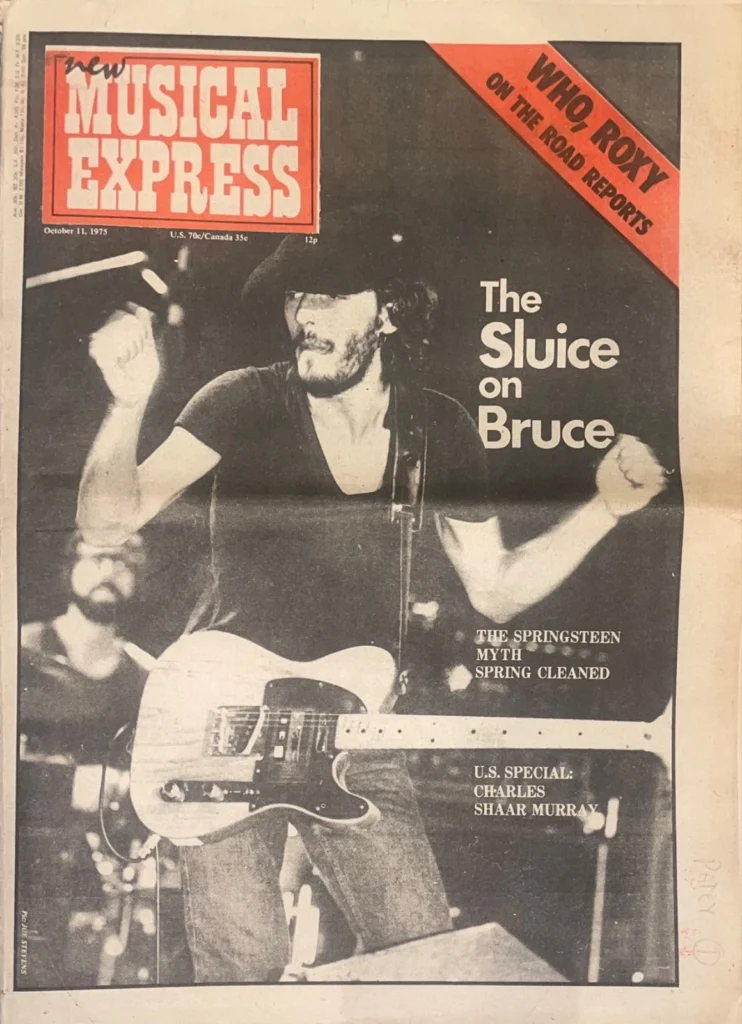
NME launched in 1952 and quickly became a leader in British music reporting. It introduced the first official singles chart in the United Kingdom. Many issues from the 60s and 70s highlight the rise of The Beatles, The Rolling Stones, and punk bands. Collectors prize original issues that captured these shifts in music history.
NME covers often showed the newest stars before they became legends. It carried features, reviews, and photographs that made fans feel connected to their favorite acts. First-run issues with iconic artists fetch the highest prices. They are a must-have for anyone serious about collecting vintage music papers.
Creem
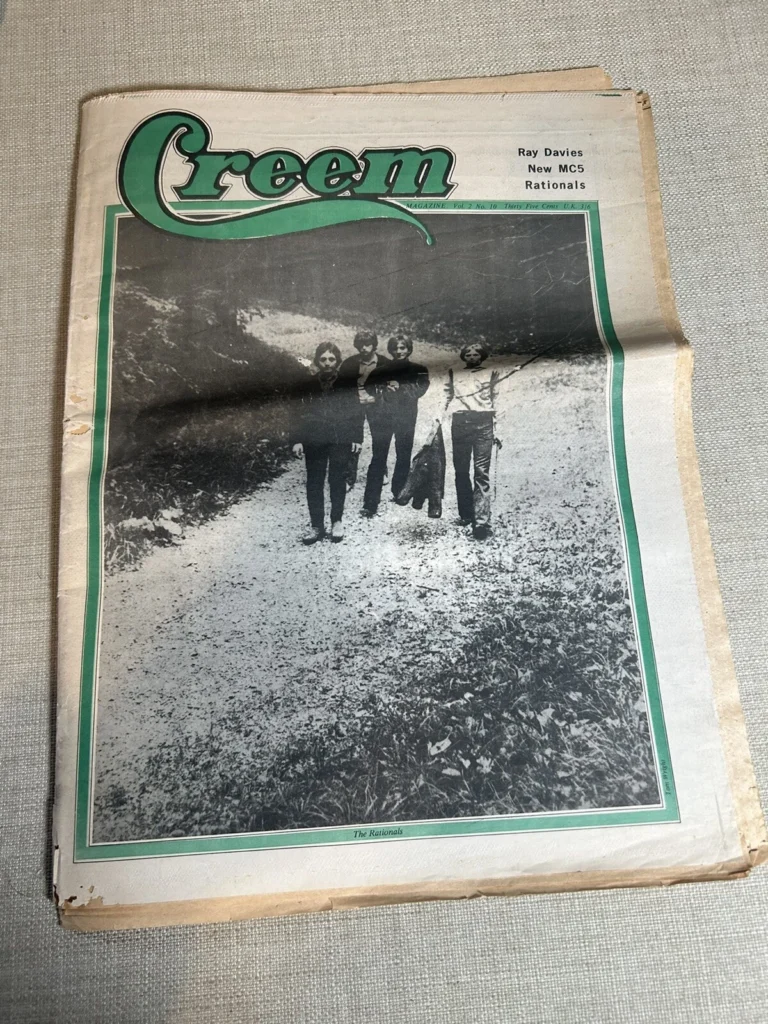
Creem began in 1969 and was based in Detroit, focusing on rock music with a rebellious edge. It became known for coining the term “punk rock” and for supporting artists outside of mainstream trends. Writers used humor and sarcasm, giving the magazine a distinct voice. Collectors are drawn to its raw coverage of acts like Iggy Pop and Kiss.
The colorful covers and photography made it a standout among its peers. Early issues are in demand because of their unique take on the music world. They often included features on up-and-coming bands that became major stars. Complete runs of Creem are rare and valued highly by collectors.
Hit Parader
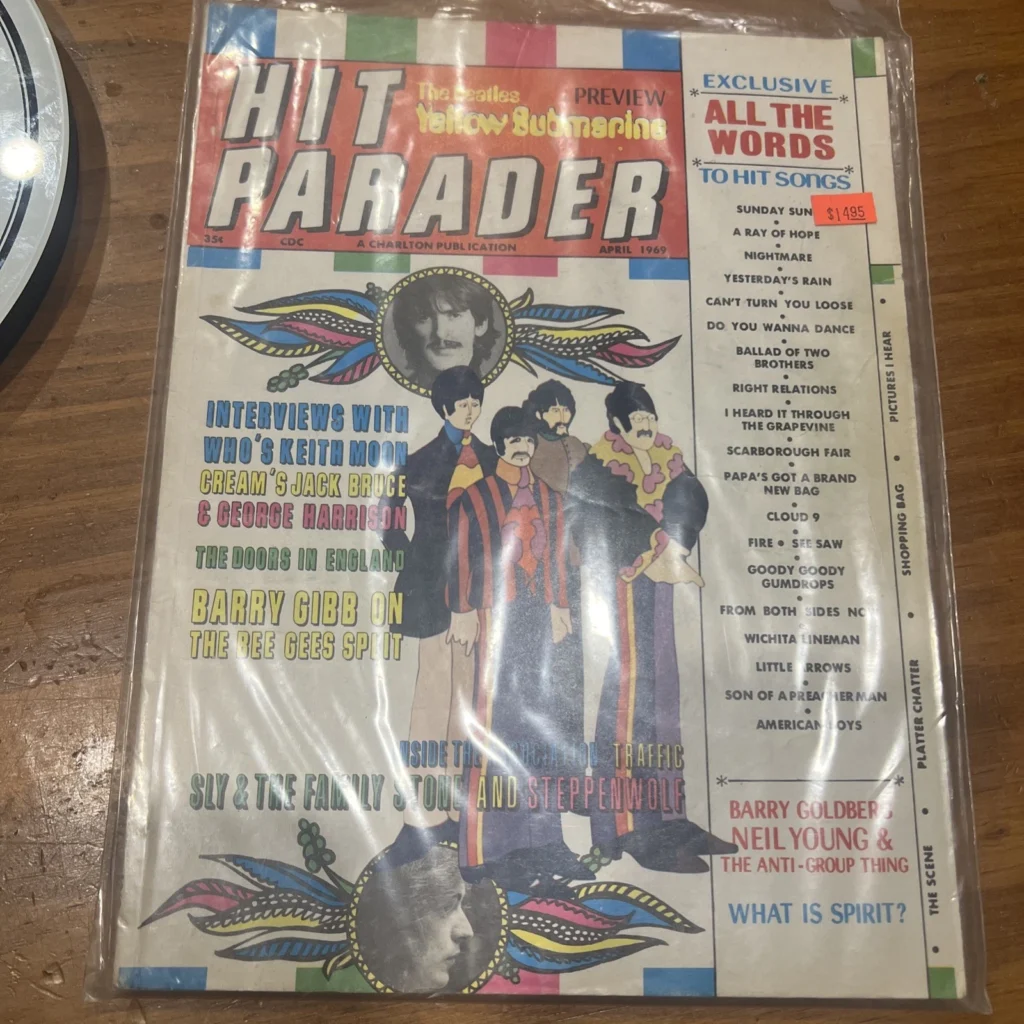
Hit Parader began in the 1940s and shifted focus many times over the years. It started with lyrics and light features, later covering heavy metal and hard rock in the 1980s. For many fans, it was the first introduction to their favorite bands. Collectors seek older issues for their bold covers and simple style.
The magazine often featured interviews and fan-centered content. Heavy metal issues from the 80s with bands like Metallica and Van Halen are particularly collectible. Many were printed cheaply, so copies in good condition are hard to find today. They remain a nostalgic favorite for those who grew up with rock magazines.
Smash Hits
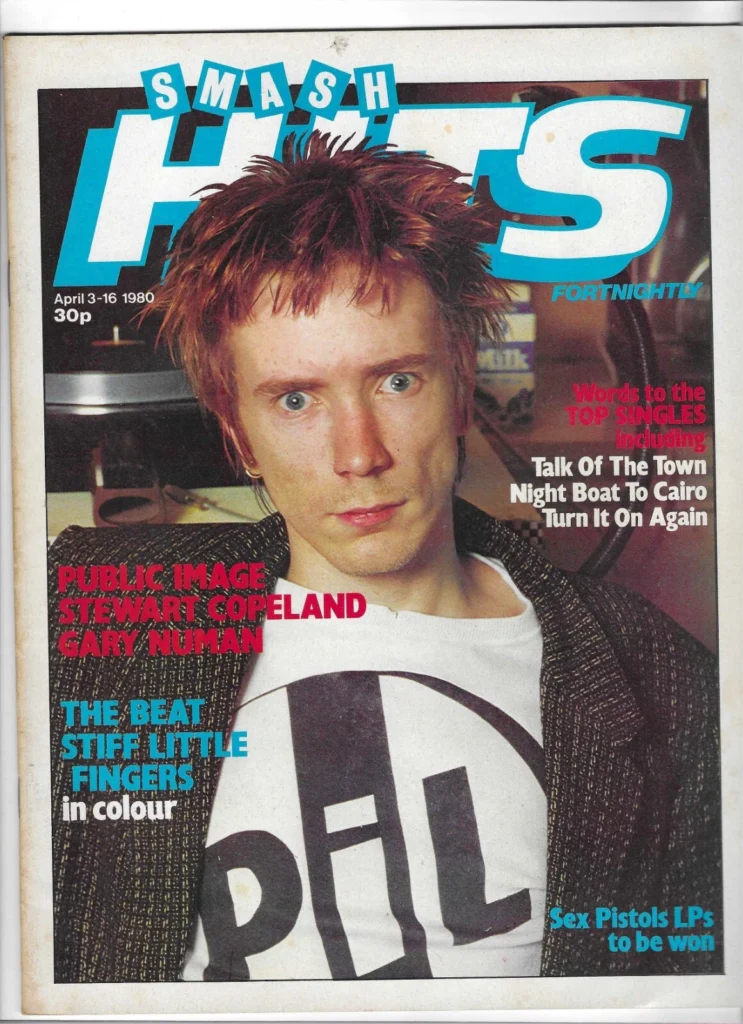
Smash Hits was a British pop magazine that launched in 1978. It focused on song lyrics, photos, and short interviews aimed at younger fans. It played a big role during the rise of acts like Duran Duran, Wham, and Madonna. Collectors look for early editions that show the peak of 80s pop culture.
The magazine became a reflection of teen fandom during the 80s and 90s. It gave readers a mix of colorful posters, fun features, and music gossip. While not as serious as other publications, it captured a moment in pop history. Well-preserved issues are now treasured for their retro style.
Circus
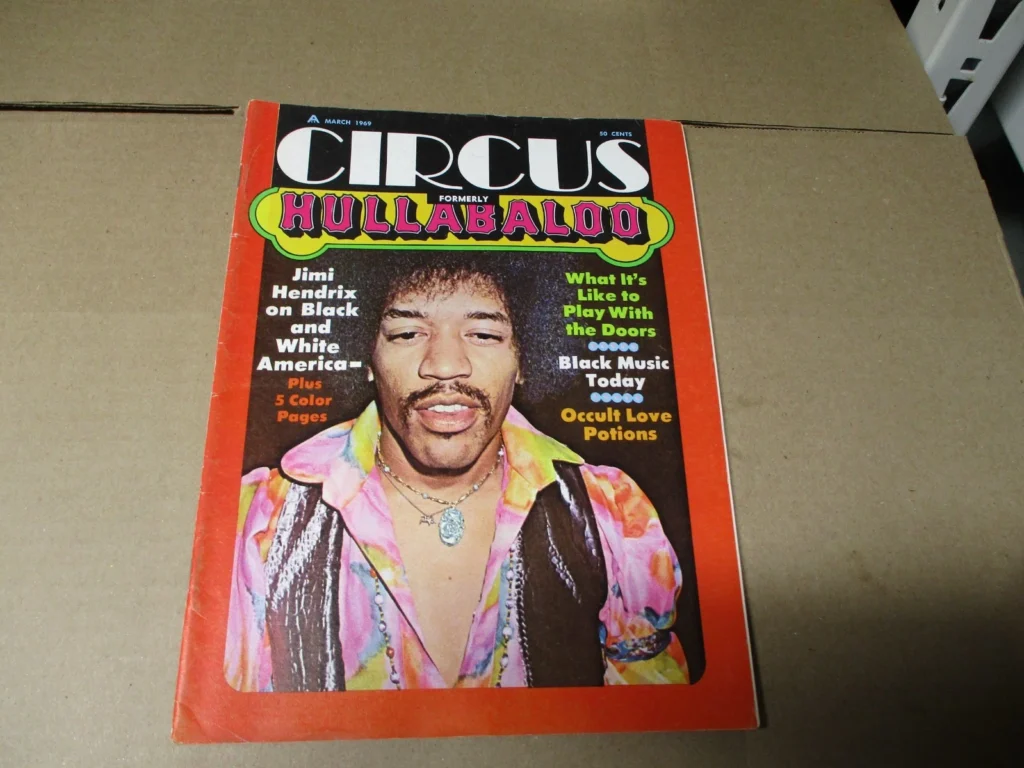
Circus began in the late 1960s and was centered on rock and metal coverage. It featured bands like Led Zeppelin, Aerosmith, and later on, Guns N’ Roses. The magazine was filled with posters and glossy photos that attracted young readers. Collectors like it for its strong representation of the hard rock era.
Some issues featured early coverage of bands before they exploded in popularity. Circus was sold widely, but many copies were torn apart for the posters. Complete magazines in excellent shape are now rare. These editions give a clear picture of rock culture during the 70s and 80s.
Mojo
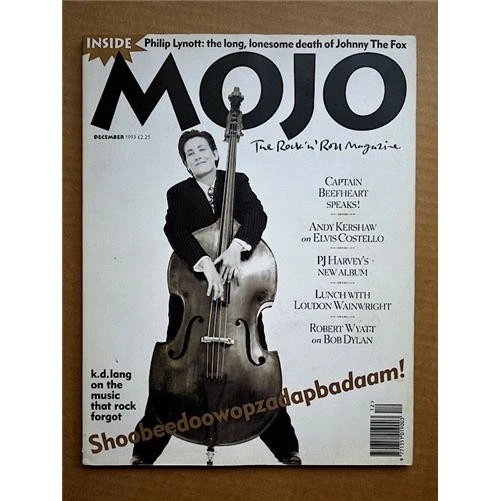
Mojo launched in 1993 but has quickly become collectible because of its focus on classic artists. It often includes in-depth articles on bands from the 60s and 70s. Early issues featuring special covers of The Beatles or Bob Dylan are popular. Collectors enjoy its blend of new and old music coverage.
The magazine sometimes included CDs, which increase the value of complete copies. Issues in mint condition with inserts are especially sought after. While newer compared to others, Mojo has built a strong reputation with collectors. It remains a favorite among fans who enjoy detailed music writing.
Sounds
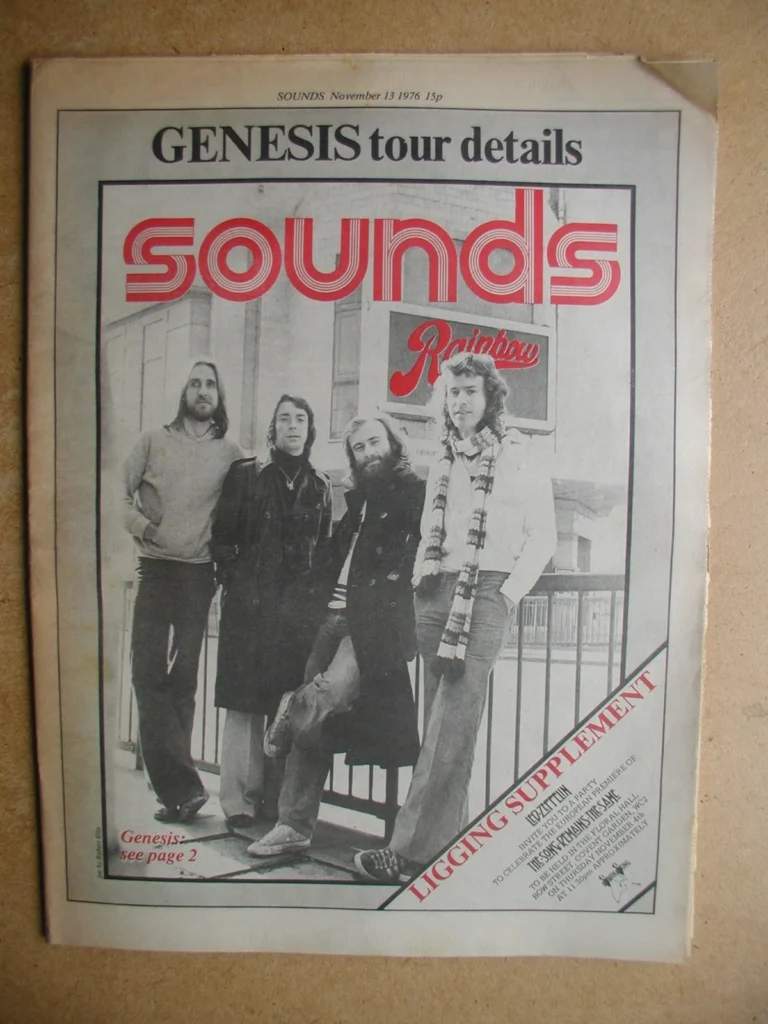
Sounds was a British weekly paper that ran from 1970 to 1991. It was one of the first to cover punk and heavy metal in detail. Bands like Iron Maiden and The Sex Pistols received early attention in its pages. Collectors value these early punk-focused issues.
The paper had a large influence on how underground music was reported. It helped introduce entire genres to the wider public. Copies are harder to find today, especially those from the 70s. Surviving issues offer rare snapshots of the birth of punk and metal scenes.
Kerrang!
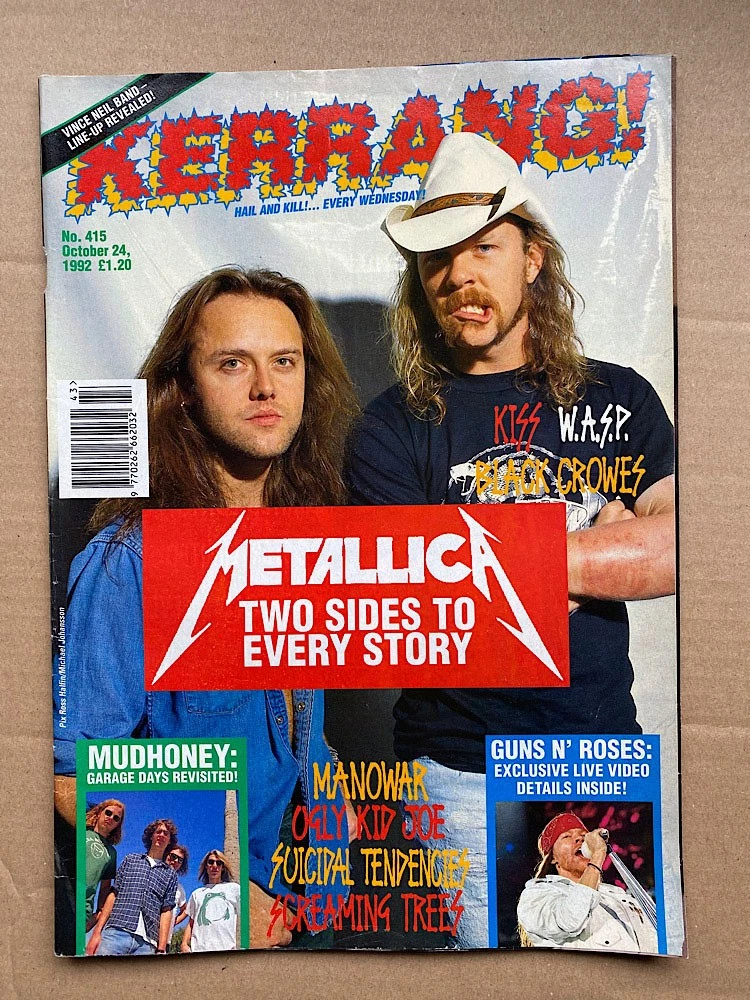
Kerrang! was launched in 1981 and quickly became the voice of heavy metal fans. It covered the rise of bands like Black Sabbath, Metallica, and Slayer. Its bold covers and energetic writing connected strongly with readers. Collectors chase older issues tied to the 80s metal explosion.
The magazine later expanded to cover alternative rock and punk. Posters and features added to its appeal, making many issues well-loved. Copies in mint condition with inserts are rare today. Collectors enjoy it as a record of metal’s golden age.
Crawdaddy
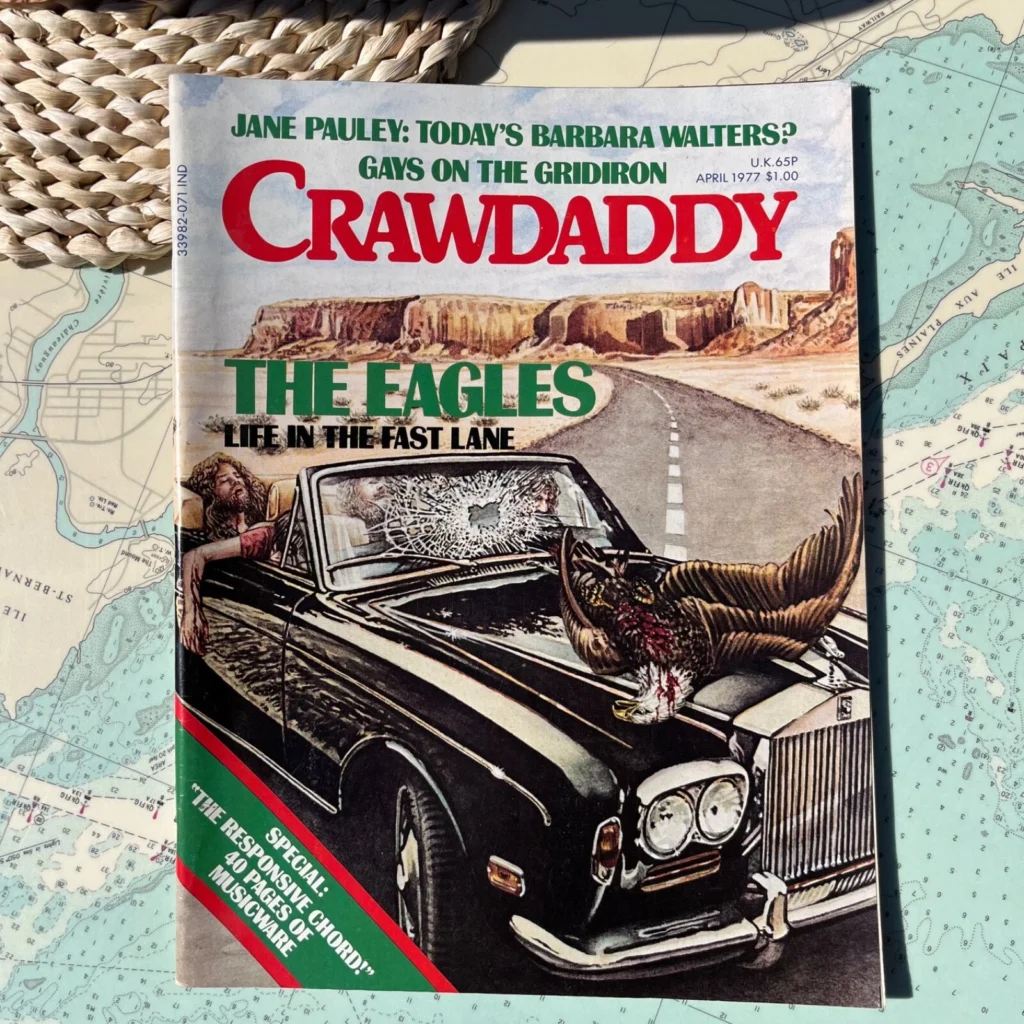
Crawdaddy was founded in 1966 and was one of the first serious rock magazines in the United States. It predated Rolling Stone and covered artists like Bob Dylan and The Doors. Collectors look for these early editions since they documented the rise of rock. Its importance lies in how it treated rock music as an art form.
The magazine mixed interviews, essays, and cultural commentary. Many collectors see Crawdaddy as a piece of history that helped shape modern music journalism. Original issues are scarce and valuable. They provide insight into a time when rock was just gaining recognition as a cultural force.
Trouser Press
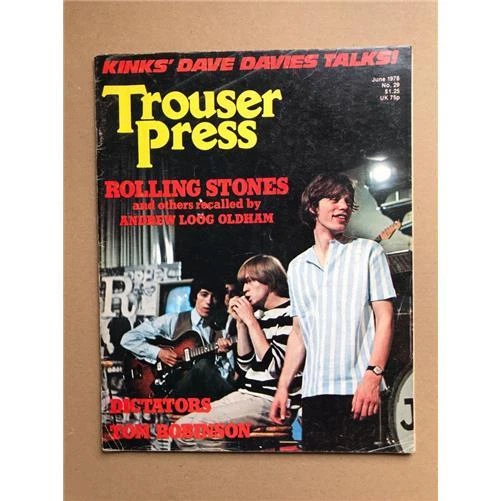
Trouser Press started in the 1970s and focused on alternative and punk music. It became a trusted source for fans of underground bands. Collectors look for early editions that feature groups like The Clash and Talking Heads. The magazine often highlighted acts before they hit mainstream success.
Trouser Press was based in New York and reflected the city’s underground music culture. It also included record reviews that influenced collectors and fans. While not as widely known as other titles, its niche focus makes it valuable. Copies in good shape remain in demand.
Cash Box
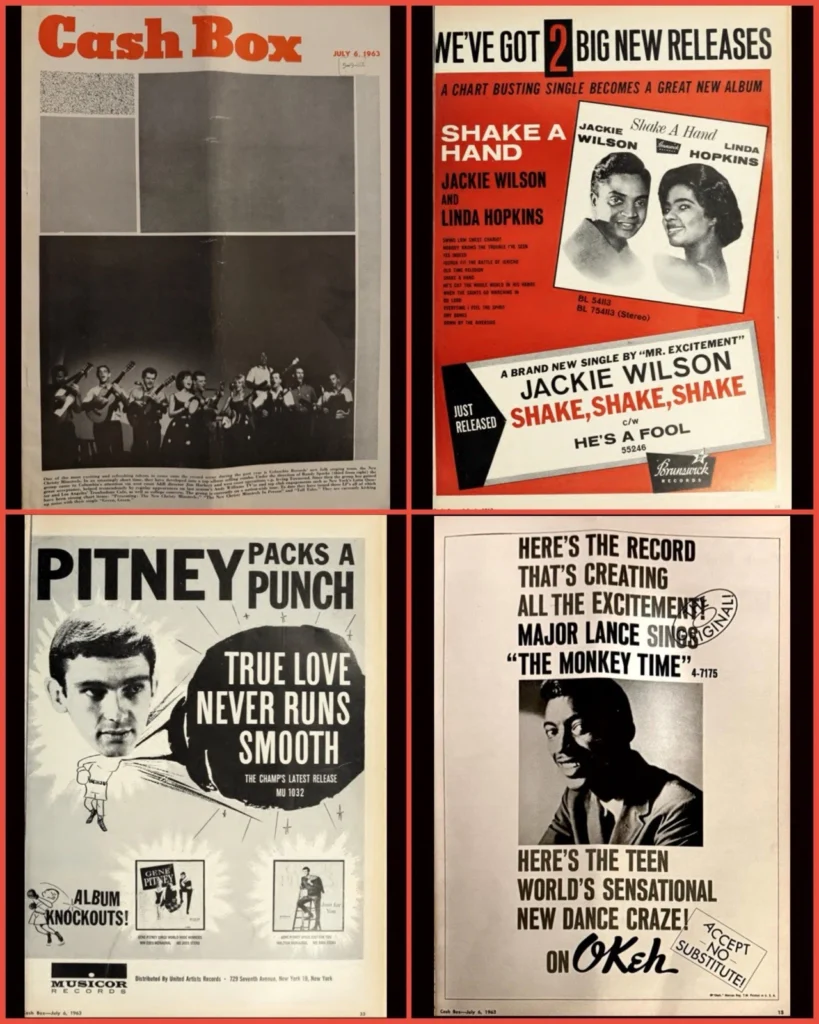
Cash Box was first published in 1942 and rivaled Billboard for music chart coverage. It tracked record sales and jukebox play, making it an important source for industry data. Collectors look for older issues that show early chart histories. Many editions feature ads and photos tied to classic artists.
The magazine provides a detailed record of music business trends across decades. Copies from the 50s and 60s are among the most prized. They reveal how songs were ranked and promoted during the golden age of vinyl. Collectors treasure them as both music and industry artifacts.
This article originally appeared on Avocadu.
